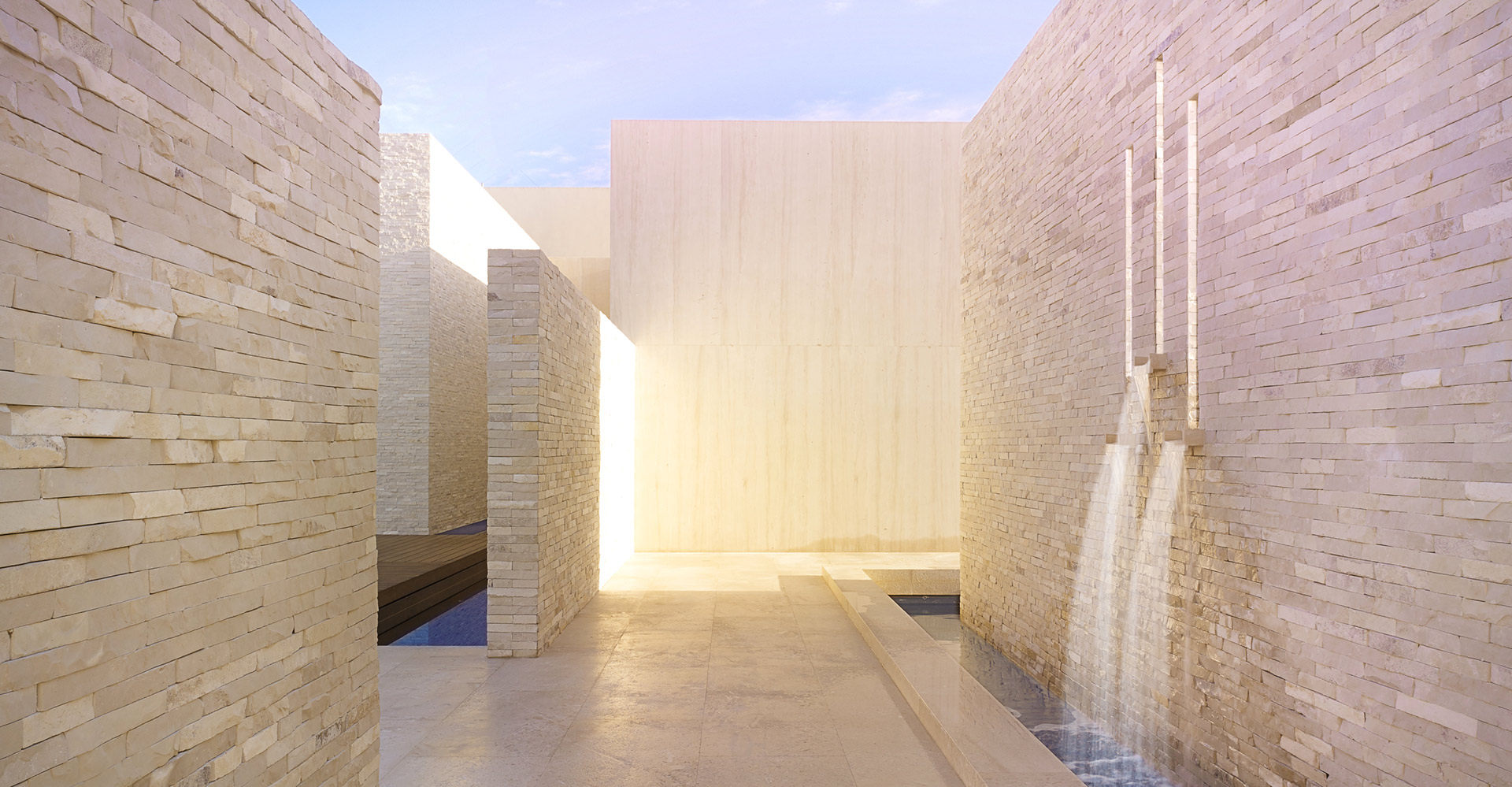The hospitality trends accelerating now
By WATG
July 2, 2020
As hospitality designers, creating and implementing innovative solutions that enhance the guest experience and drive long-term value for our clients is what has fueled us for 75 years. With the great travel bounceback already underway, we talk with Anthony Mallows, WATG CEO and President, about the hospitality trends that were already emerging, but have gained momentum at a tremendous rate since COVID-19.
Smart investments in outdoor upgrades improve curb appeal, create more functional spaces for F&B and events, and provide guests with more diverse experiences – all of which boost profitability.
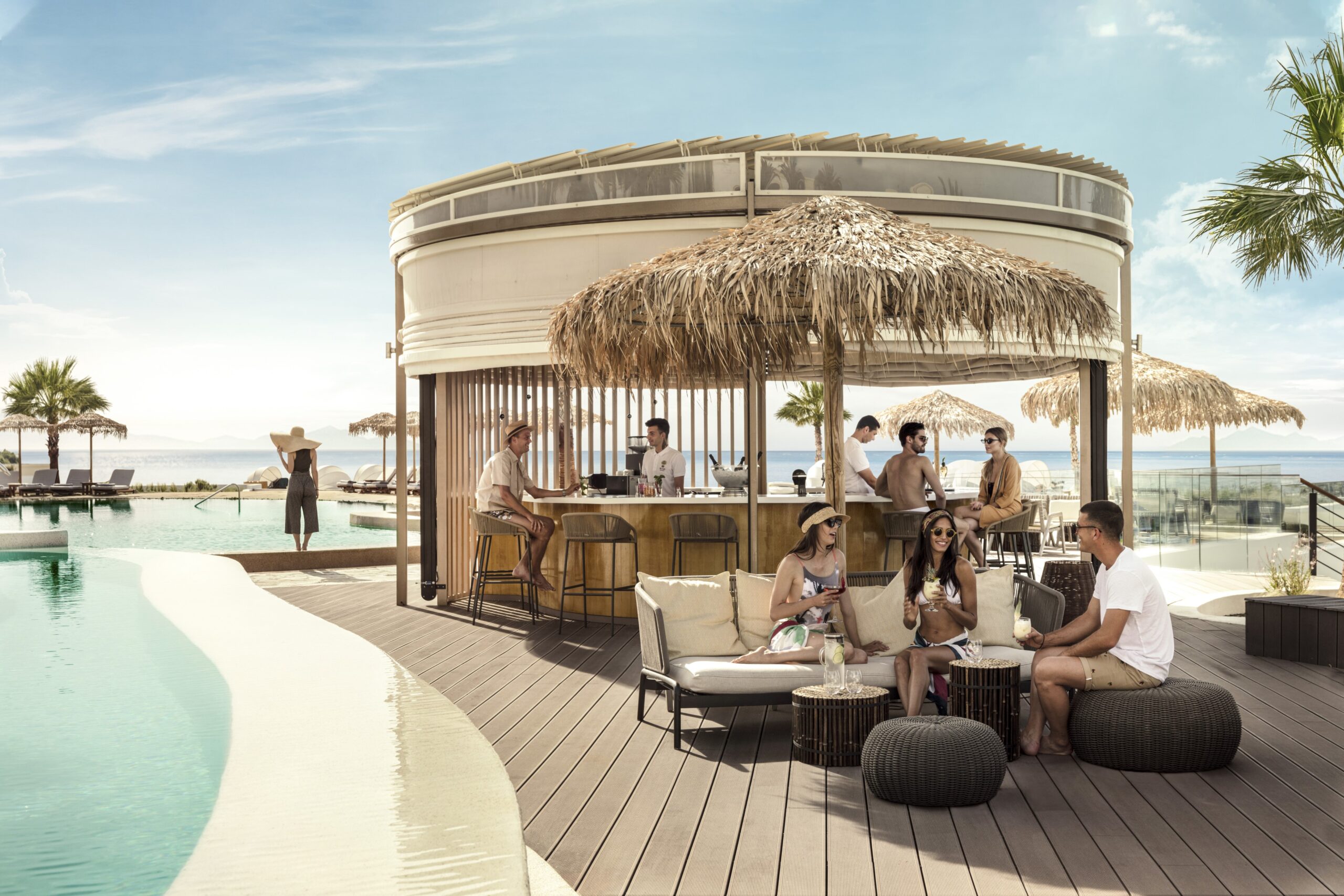
At Mitsis Norida Beach in Kos, Greece, our integrated approach maximized outdoor space to create a guest experience, and increased revenue opportunities for the owner
1. Revamping the outdoors as revenue-generating spaces
After being cooped up indoors, people have gained a greater appreciation for the health and well-being benefits of fresh air and sunshine. And researchers are uncovering evidence that COVID-19 is far more likely to be transmitted indoors than out, bolstering interest in outdoor dining, entertainment and events. Hotel properties like the Monarch Beach Resort, Park Hyatt Aviara, Mitsis Summer Palace, Mitsis Norida Beach, and Montage Laguna Beach have been making smart investments in outdoor upgrades that improve curb appeal, create more functional spaces for F&B and events, and provide guests with more diverse experiences – all of which boost profitability.
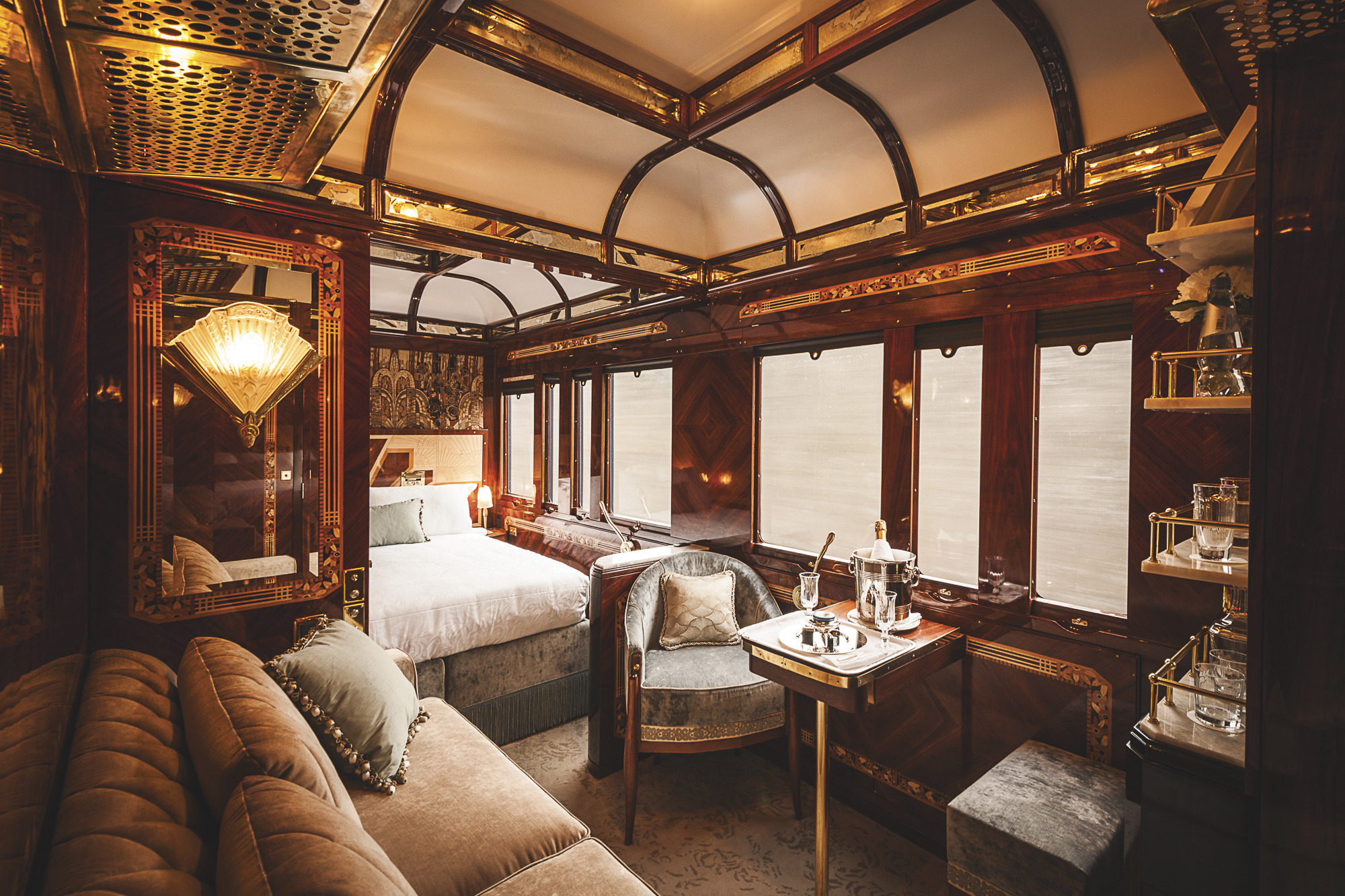
The Belmond Venice Simplon-Orient Express is the epitome of luxury slow travel and world-class hospitality
2. Back to the future: slow travel
In late 2018, as we forecast trends for 2019, we observed a resurgence in “slow” travel such as river cruises, luxury railroads and heritage hotels. Then, a greater emphasis on experience, personal enrichment and environmental impact was the impetus. And while those motivations have certainly not diminished, today they’re supplanted by the global pandemic’s push to reconnect with culture and identity, paired with a near-term preference for regional travel. For example, three luxurious suites designed by Wimberly Interiors for Belmond Venice Simplon-Orient Express offer access to a romantic and historic rail travel experience that moves with you across Europe. In the U.S., Napa Valley’s Bardessono exemplifies the harmony of community and culture, and the subtle balance between connection and solitude.
Within individual properties like hotels, there is an opportunity to streamline facilities and services and move away from singular functions into more adaptable multi-purpose spaces.
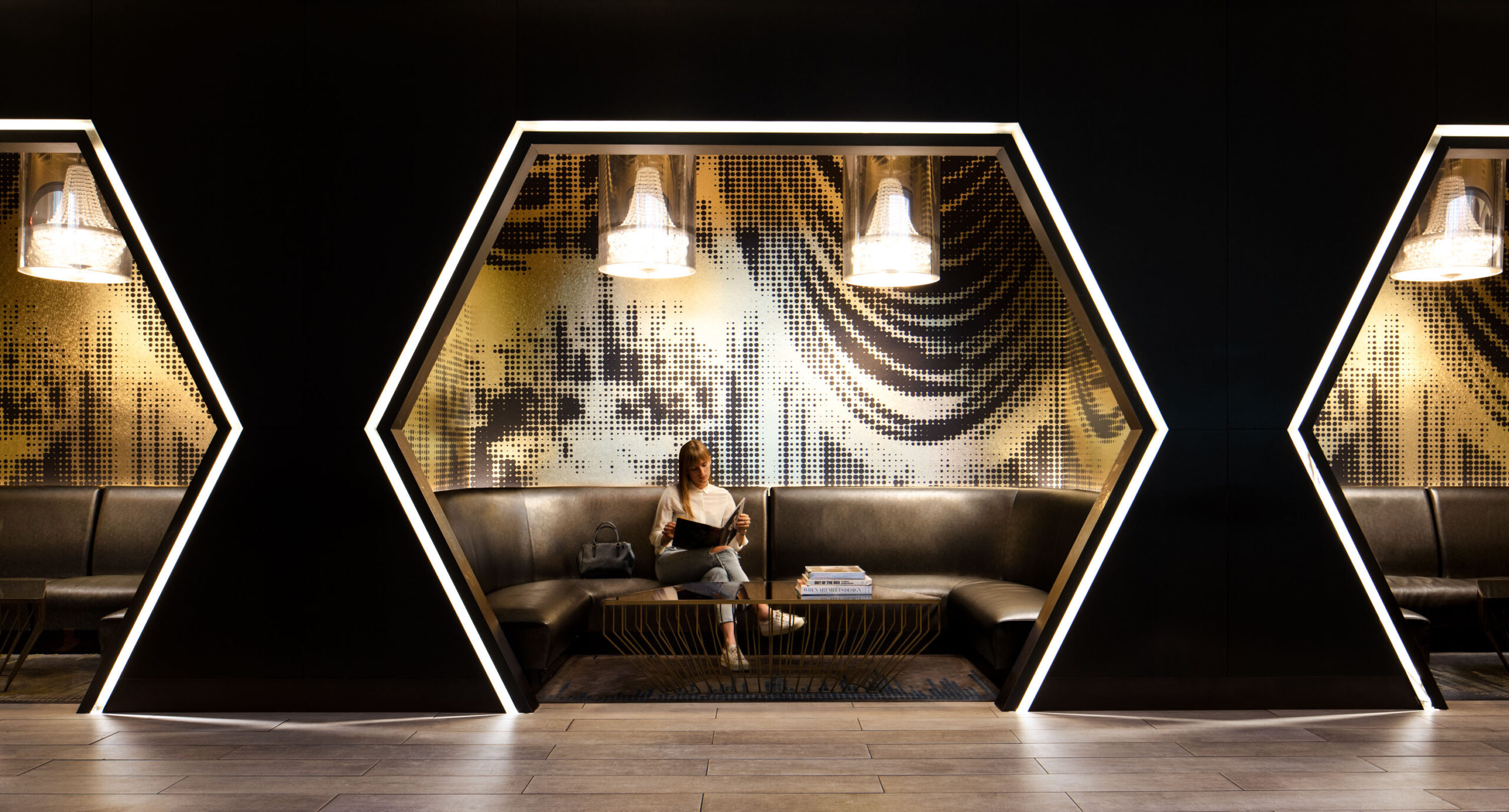
The W Times Square Living Room and Bar plays workspace by day, cocktail bar by evening, and club by night
3. Multi-purpose spaces that work harder
If the pandemic has taught us one thing, it’s that flexibility is a critical component of long-term resilience. At the large scale, single-use properties such as shopping malls have been shuttered, while urban mixed-use models bring together residential, commercial, and leisure in a more dynamic environment that never goes dark. And within individual properties like hotels, streamlining facilities and services and moving away from singular functions, such as all-day dining, into more adaptable multi-purpose spaces becomes more imperative moving forward.
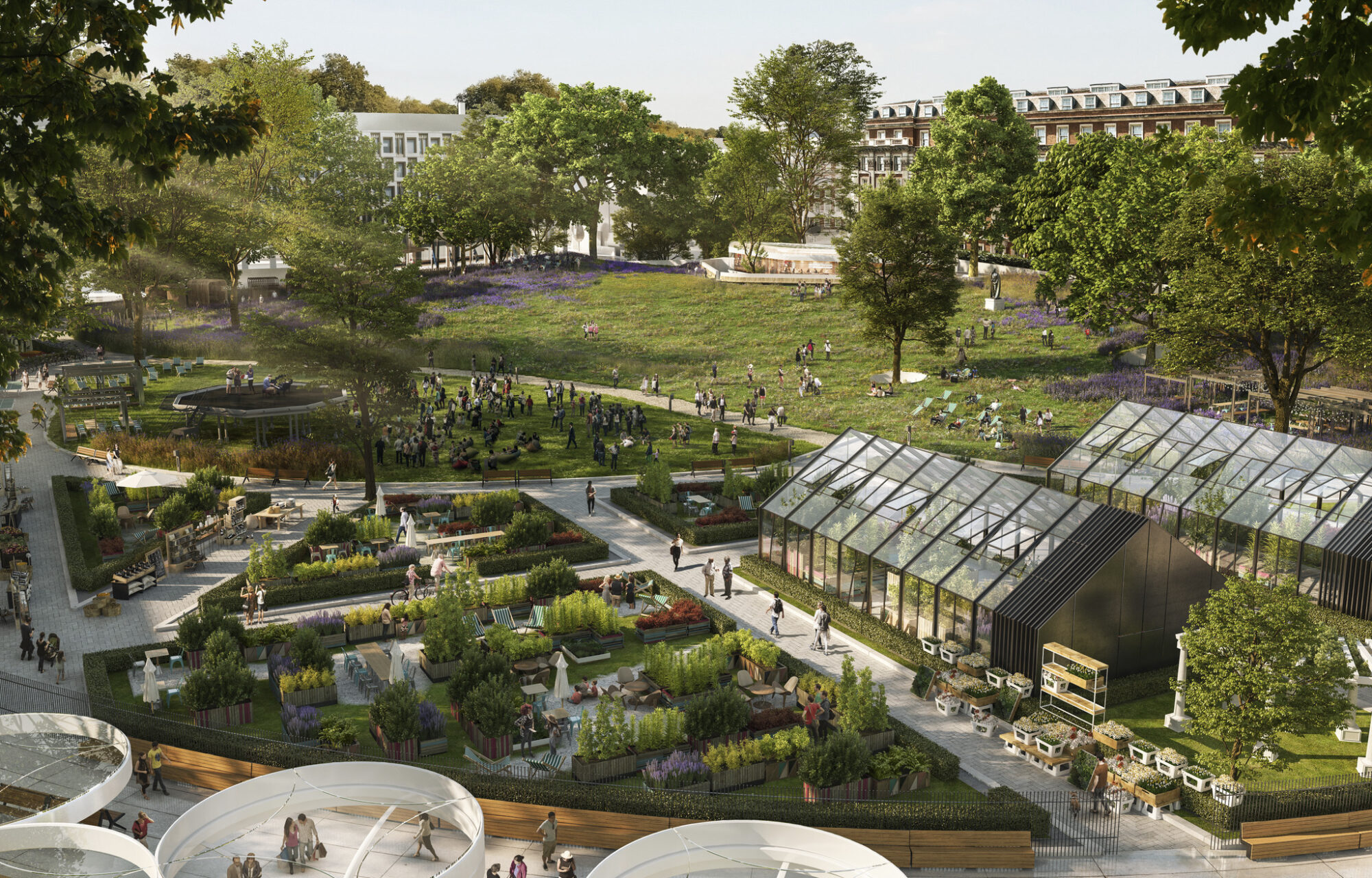
WATG’s vision for a town square amidst a luxury development puts community first, creating a hub where private and public space merge
4. Prioritizing safety and social equity
Today’s global climate has also underscored the need for hospitality spaces to be welcoming in more diverse and dynamic ways. Yes, comfort, ease and relaxation are all critical components of the hospitality ethos; and guests certainly won’t feel comfortable unless they feel safe. But inclusivity and openness are equally important components of being welcoming. Consider a destination like Porto Montenegro, with the luxurious Regent Porto Montenegro Hotel at its core. Here, designers were able to turn an exclusive yacht resort into an inclusive community by focusing on the intersections between private spaces and the public realm, and by creating places where people are comfortable gathering.
Today’s global climate has also underscored the need for hospitality spaces to be welcoming in more diverse and dynamic ways.
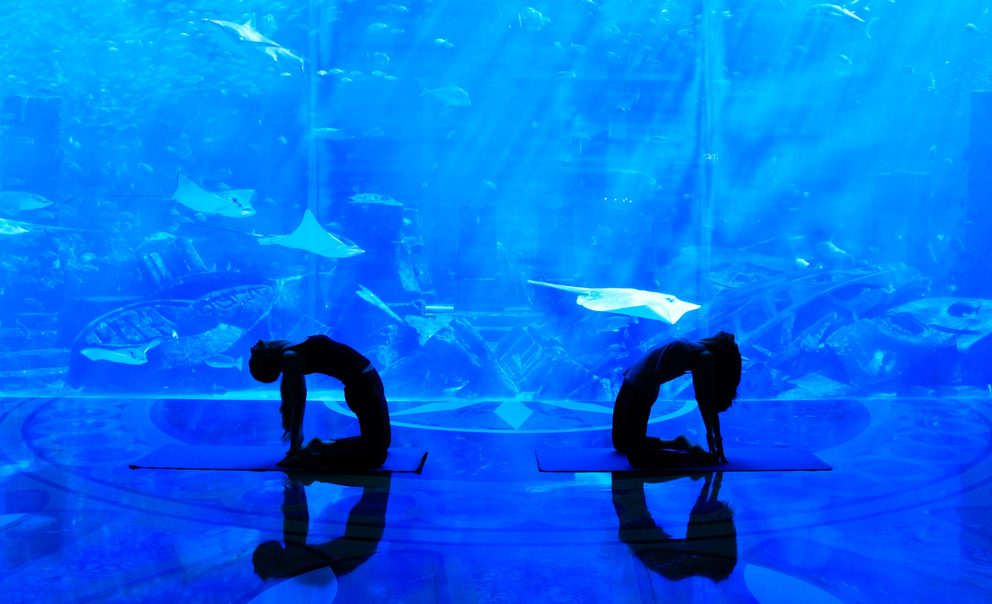
During lockdown, Atlantis, The Palm, brought its famous underwater yoga to the masses through Instagram live
5. Wellness as a way of life
Wellness has been on every top trend list for years, but in the midst of a health crisis, consumers look to companies and brands to take their personal health and safety more seriously than ever. For hospitality brands, this means providing access to tools, technologies and spaces that guests can enjoy whether they’re visiting onsite or staying connected from home. As travelers return to hotels, guest rooms can be outfitted with yoga and other fitness equipment built into “wellness etageres,” saving hotel operators the effort and expense of updating (and sanitizing) communal fitness centers that were already underutilized. Outdoor landscapes also pose an opportunity, such as gardens that improve guests’ mental health through simple walks or meditation sessions. And even from home, guests can connect with their favorite destinations for wellness treatments, such as underwater yoga hosted by Atlantis, The Palm, recreating their popular onsite offering for virtual audiences.
Wellness has been on every top trend list for years, but in the midst of a health crisis, consumers look to companies and brands to take their personal health and safety more seriously than ever.
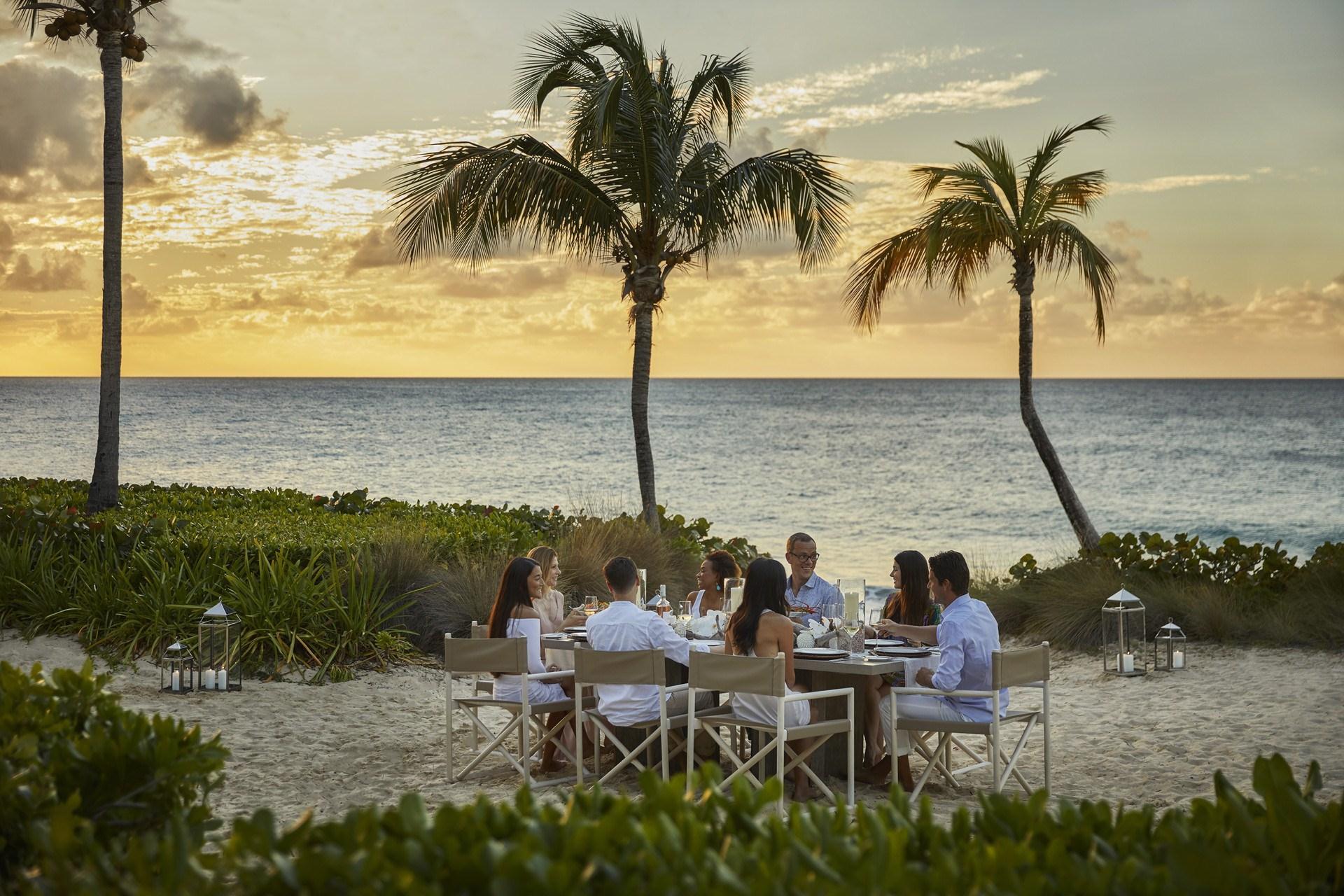
At Four Seasons Anguilla, a range of bespoke, private experiences are offered to guests
6. Hyper-personalized experiences
Hyper-personalization is another trend that we forecast in late 2018, as global travelers increasingly sought out the unique and unconventional. The popularity of one-of-a-kind encounters will continue to rise, fueled in 2020 by the necessity of post-pandemic restrictions on capacity and social distancing. For example, with fewer tables and increased competition for reservations, restaurants have the opportunity to curate more exclusive, bespoke dining experiences, simultaneously empowering chefs to return to their craft. Entertainment venues can similarly pare down to their original passions by shifting toward smaller, more intimate performances with more engaged audiences. Guests gain from their renewed ability to savor the sights, sounds, and flavors they’ve missed, while the brand or business gains new and different revenue streams.
Latest Insights
Perspectives, trends, news.
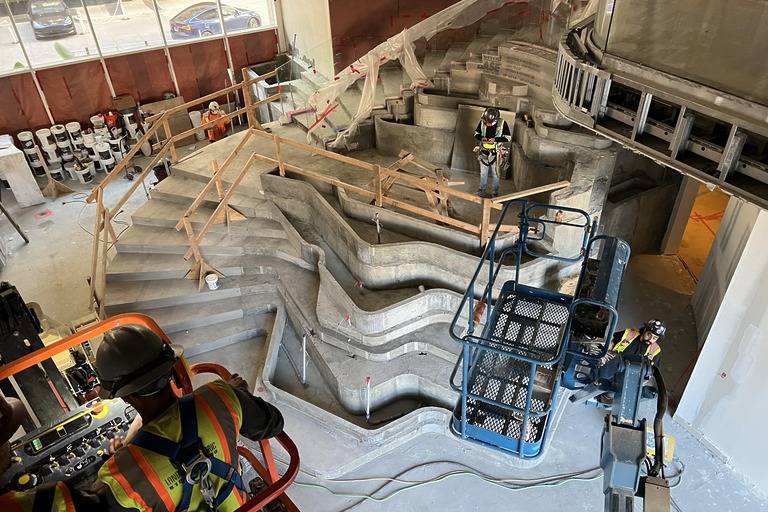
- Design Thinking & Innovation
The Reality of Construction: Architecture in Practice
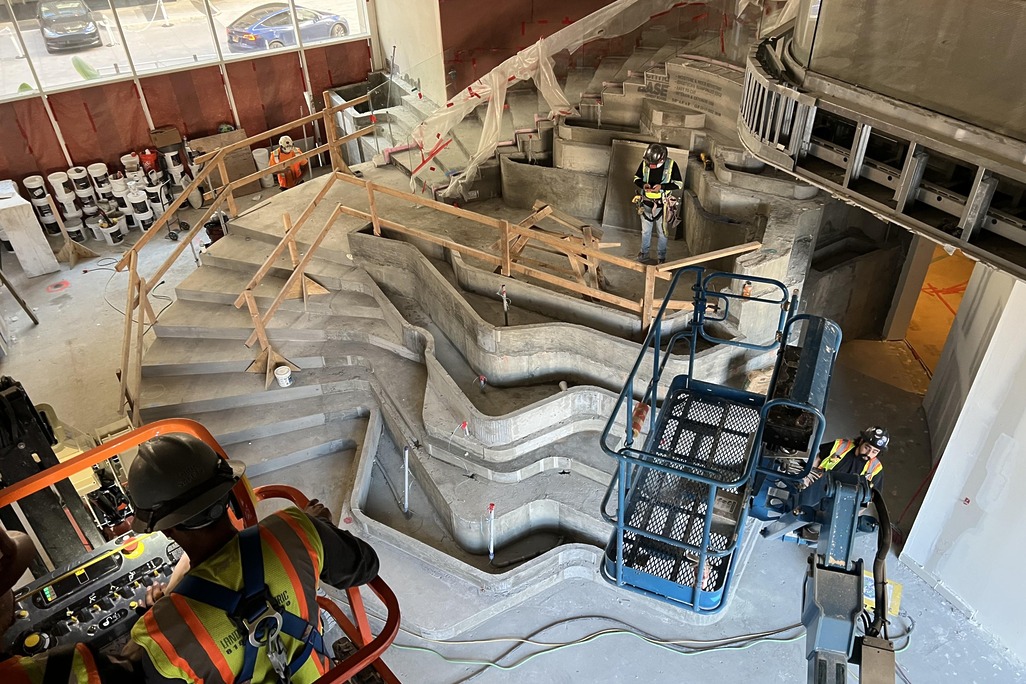
- Design Thinking & Innovation
The Reality of Construction: Architecture in Practice

- Sustainability
Designing The Hotel of the Future

- Sustainability
Designing The Hotel of the Future
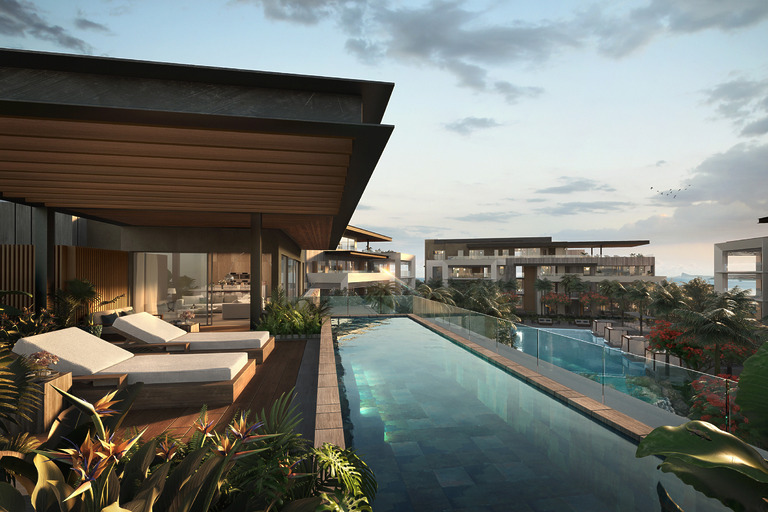
- Residential
Mont Choisy La Reserve: Blending Urban Energy and Tranquil Biodiversity
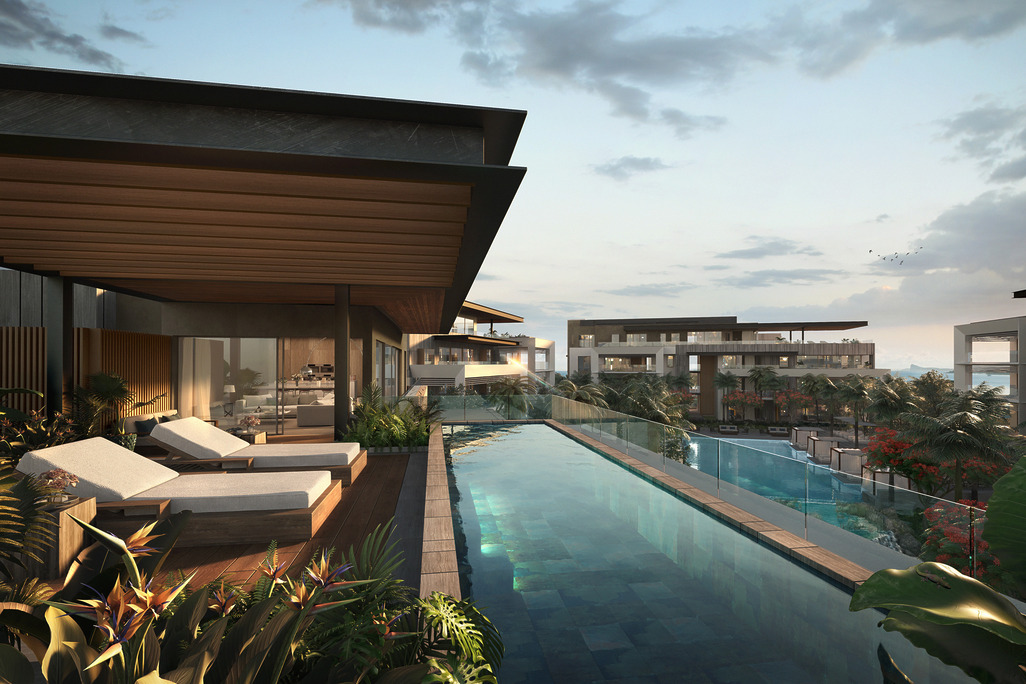
- Residential
Mont Choisy La Reserve: Blending Urban Energy and Tranquil Biodiversity

- Case Study
In Conversation: Douglas Kim, General Manager of JW Marriott Jeju

- Case Study
